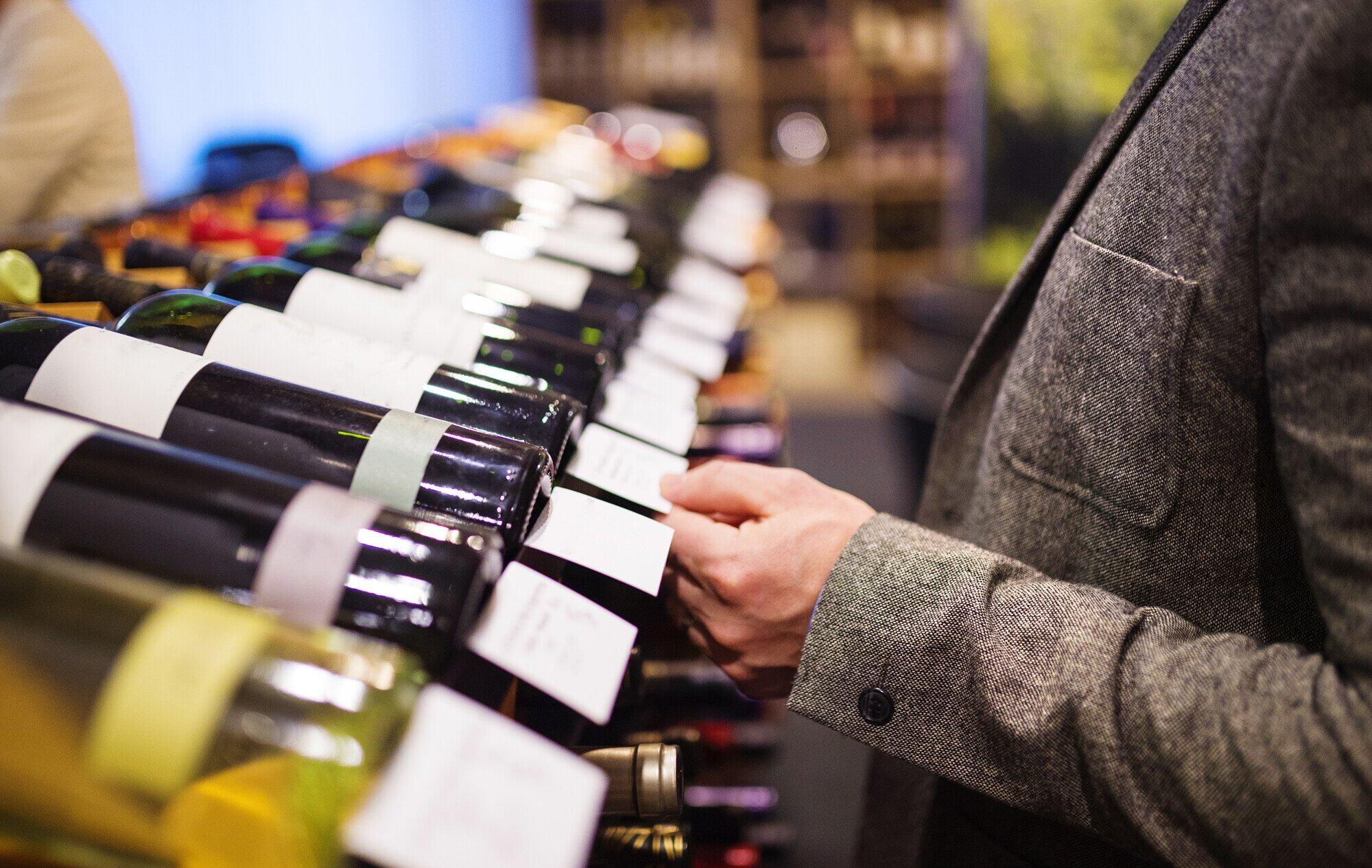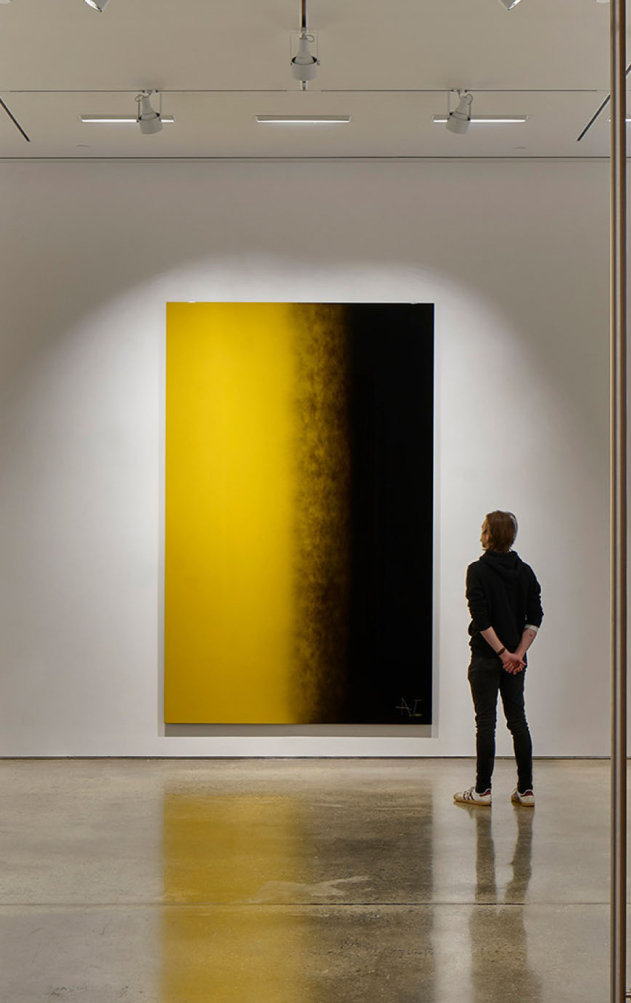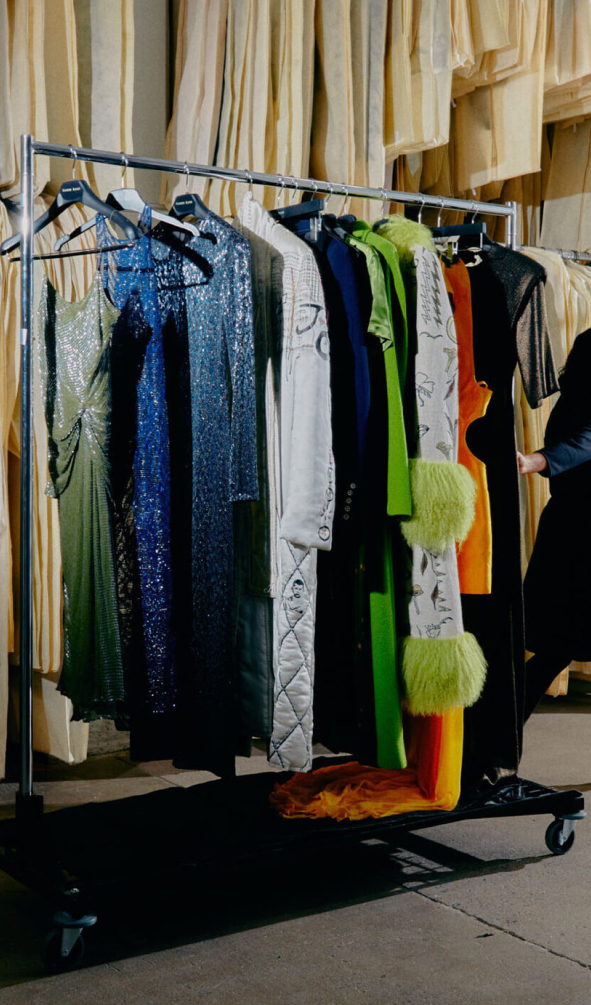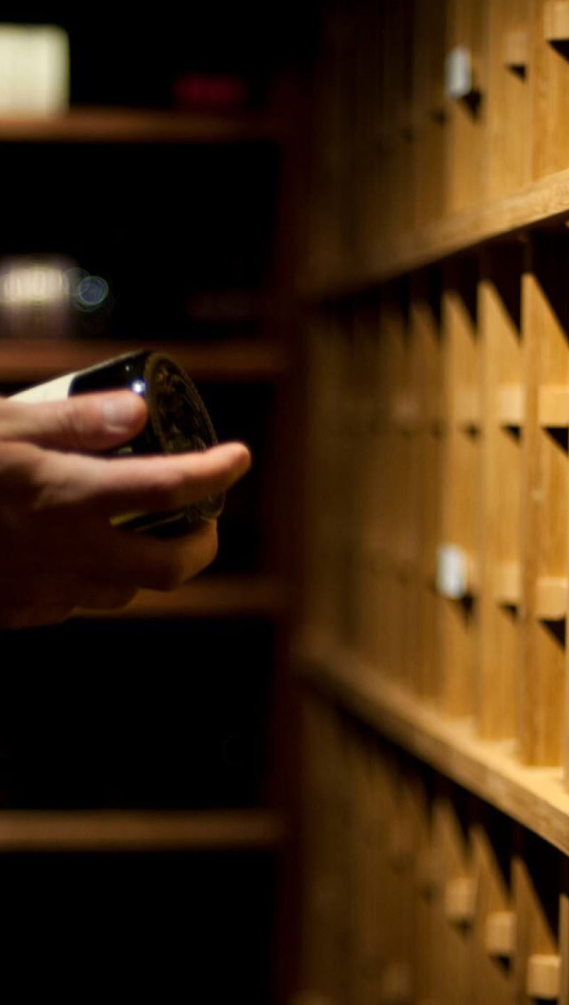
According to WealthBriefing, fine alcohol is a reliable investment, especially in times of geopolitical conflicts. It’s a tangible investment that allows you to diversify your portfolio, and there’s a relatively low barrier to entry.
If you’re now interested in collecting fine wine, you should know that there’s more to it than just purchasing bottles and storing them somewhere safe. Knowing how to age wine can make a significant difference in not only its value, but also flavor, should you want to taste your own bottles.
Those looking for a thorough guide on aging wine are in luck. This article will go over the ideal conditions, timelines, techniques, and other essential considerations.
Red Wine
Red wines are often aged to soften tannins, which are complex chemical substances that give wine its dry taste. Aging can also bring balance to fruit and oak characteristics, resulting in complex aromas.
The Ideal Conditions for Aging Red Wine
Ideally, you want to keep a steady temperature of 55°F and 60-70% humidity to keep the corks from drying out. Because UV rays degrade wine, you should also keep the bottles in complete darkness or minimal light.
In addition, vibrations can disturb sediment and affect aging, so avoid movement. Store the bottles on their sides in a secure place, as this will keep the corks moist.
Timelines for Aging Red Wine
Not all red wines are built to age, so choose your collection accordingly. Here’s a general guideline:
- 2-5 years: Pinot Noir, Beaujolaise, inexpensive Merlot or Shiraz
- 5-10 years: Chianti Classico, Rioja Reserva, Zinfandel
- 10-20+ years: Bordeaux, Barolo, Brunello di mOntalcino, high-end Cabernet Sauvignon, Syrah
Generally speaking, wines with high tannin and acidity tend to age better.
Techniques for Aging Red Wine
You shouldn’t decant before storage, as this introduces oxygen. It should only be done before serving aged wine.
If you don’t have a traditional cellar, then a dedicated wine fridge can be a good alternative. Professional wine storage is an excellent choice too.
As time goes by, check for:
- Seepage
- Cork integrity
- Unusual sediment buildup
It can be useful to keep a journal or app log of purchase dates and estimated peak windows. If you have multiple bottles, taste one every few years to evaluate development.
Our tip is to age by vintage. Warmer years may produce fruit-forward wines with shorter aging potential, while cooler years often age longer since there are higher acidity levels.
White Wine
Typically, white wines are consumed young (1-3 years). However, some whites can evolve beautifully with age, and they gain nutty, honeyed, or mineral characteristics that are just exquisite.
The Ideal Conditions for Aging White Wine
You should age white wine consistently at 50-55°F and at 60-70% humidity. The bottles should face minimal light and zero vibration if possible, and the position should be on the side if they’re sealed with corks. Otherwise, they can be upright if they have screw caps.
Timelines for Aging White Wine
It’s true that whites are consumed within 1-3 years, but you can still age some types. Here’s our general guideline:
- 2-5 years: Quality Sauvignon Blanc, Pinot Grigio, unoaked Chardonnay
- 5-10 years: Oaked Chardonnay, White Burgundy
- 10-20+ years: Riesling (especially German or Alsatian), Chenin Blanc, Sémillon (particularly from Sauternes), some white Rhône blends
The key component for white wine aging is acidity. The higher the acidity, the longer it can last. Sweet white wines (like Tokaji or Sauternes) age exceptionally well, as they develop deep complexity with age.
Techniques for Aging White Wine
Whites are more sensitive to heat than reds, so keep the temperatures slightly lower. Wine fridges with temperature zones are beneficial, especially if you store both reds and whites.
While aging your white wines, check for premature oxidation, especially with aged Chardonnay. Gradual darkening is normal, but rapid color shifts may indicate spoilage. Look for browning or sherry-like smells as signs.
Champagne
Champagne is often aged by the producer before release, but there are certain types that can benefit from additional cellaring. For example, you can age vintage Champagne and prestige cuvées yourself.
The Ideal Conditions for Aging Champagne
Like white wine, Champagne needs a constant 50-55°F; 70% humidity is ideal to protect the corks. You’ll want to keep the bottles in darkness and free from movement, with the bottles horizontal to maintain cork moisture.
Timelines for Aging Champagne
If you have non-vintage Champagne, it’s best consumed within 1-3 years of purchase. Top-quality non-vintage Champagne can hold for five years though.
As for vintage Champagne, it can age 10-20+ years. The exact time will depend on the producer and vintage. Prestige cuvées can be aged for over 20 years with proper storage.
Do note that as Champagne ages, it loses its effervescence. However, it gains complex flavors (like toasted brioche, hazelnut, dried fruit, and honey), so the trade-off may be worth it.
Techniques for Aging Champagne
Do not disgorge at home; this is typically done before sale by Champagne houses. Since the bubbles are sensitive to vibration, store without agitation. Use sparkling wine cellar zones if they’re available in your storage fridge, as they offer lower light and more precise humidity.
Over time, corks may lose elasticity, so watch for cork fatigue. Be cautious with bottles aged over 15 years.
Some sommeliers decant vintage Champagne to open up the nose. This is rarely done, but possible, so if you try it yourself, do it with extreme care.
Lastly, the high humidity may damage labels. Consider using protective sleeves if you’re collecting long-term.
Aging Wine Can Be an Exciting Endeavor
Aging wine is an interesting and rewarding experience. In general, you should only age wines that have high acidity, robust tannins, and a concentration of fruit and structure.
We’d also suggest creating a balanced mix of wines, as this will allow you to have some bottles to drink now while you’re building your collection. As you do so, you can enjoy wine at various stages of evolution and also create a worthwhile investment.
If you’re interested in storing your wine collection safely and securely, then get in touch with us today. UOVO Wine has custom-built climate-controlled storage facilities for your best bottles.




